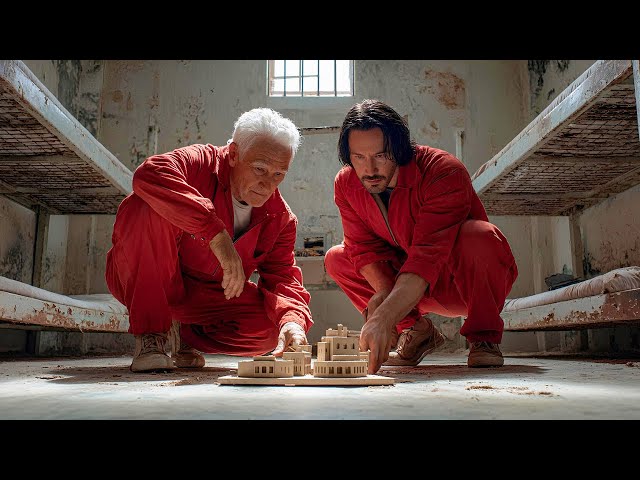
**Introduction: A Tale of Dreams and Deception**
In this review, we dive into the compelling narrative of a film centered around Henry, a man whose life takes an unexpected turn from monotony to mayhem, ultimately leading him on a path of self-discovery and redemption. The focus here is on how an ordinary individual, wronged by circumstance, finds purpose in the unlikeliest of places.
**Storyline Summary**
Henry, a toll booth worker, lives a colorless life, with even his wife Debbie pointing out his lack of passion. His world is upended when his friend Eddie involves him in a bank robbery by deception, using him as an unwitting getaway driver. Wrongly arrested and sentenced to three years in prison, Henry meets Max, a seasoned inmate who challenges his apathy by insisting that having no dreams is the “biggest crime.” During his incarceration, Henry learns that Debbie has moved on with Joe, one of the original robbers, and is pregnant with his child. Upon release, a chance encounter with Julie, an aspiring actress, and the discovery of an old newspaper article about a bank heist via a tunnel, ignites a new ambition in Henry: to rob the same bank that ruined his life—but this time, on his own terms. With Max’s help, and later Julie’s reluctant involvement, Henry plans the heist through a theater connected to the bank, blending acting rehearsals with criminal intent, leading to a climactic robbery that tests loyalties and love.
**Performances & Direction**
The portrayal of Henry captures his transformation from a passive, disillusioned man to someone driven by a newfound sense of purpose, with subtle emotional depth in scenes depicting his betrayal and resilience. Max stands out as a hardened yet philosophical figure, whose mentorship adds layers to the narrative, emphasizing themes of regret and redemption. Debbie and Joe serve as catalysts for Henry’s evolution, their actions grounding the story in personal stakes. The direction effectively balances tension and character development, using prison interactions and heist planning to explore human connections and moral ambiguities, all while maintaining a pace that keeps viewers engaged with Henry’s journey.
**Music & Technical Aspects**
While specific details on music and technical elements aren’t elaborated, the film likely employs a score that complements its tonal shifts—from the bleakness of Henry’s early life to the suspense of the heist—without overshadowing the narrative. Cinematography probably uses contrasting visuals, such as the grim prison setting versus the vibrant theater, to highlight Henry’s internal conflict and growth. Overall, these aspects serve the story functionally, neither standing out as exceptional nor detracting from the core experience.
**Conclusion**
This film delivers a satisfying blend of drama and crime, anchored by Henry’s relatable quest for meaning after injustice. It reminds viewers that even in despair, new dreams can take root, leading to unexpected adventures and connections. If you enjoy stories of redemption, clever plotting, and emotional depth, this movie is worth your time. Share your thoughts after watching—did Henry’s journey resonate with you?




